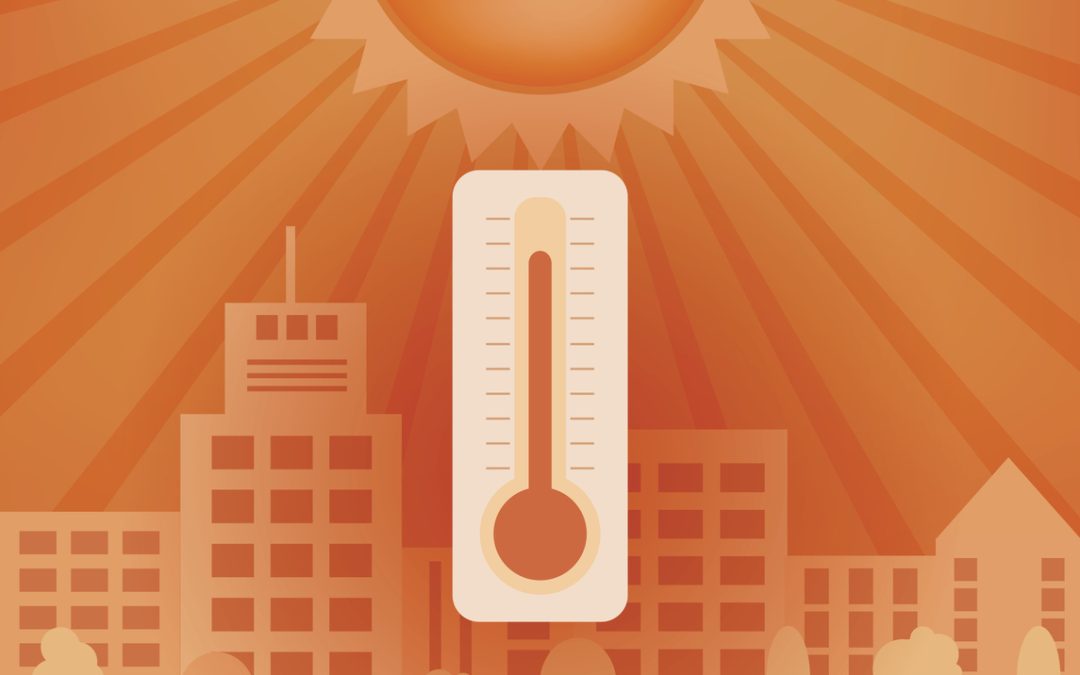
Latest photos of European heat wave show future ‘normal’ as London fire department has busiest day since WWII
Click here to read more.

Click here to read more.
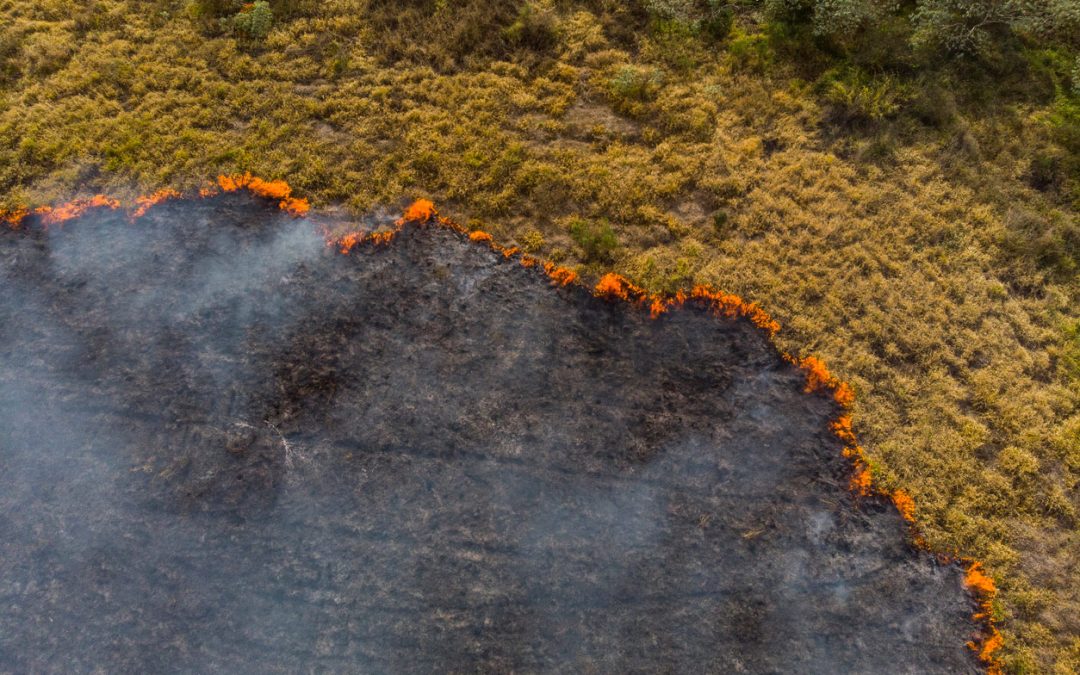
Click here to read more.

Click here to read more.
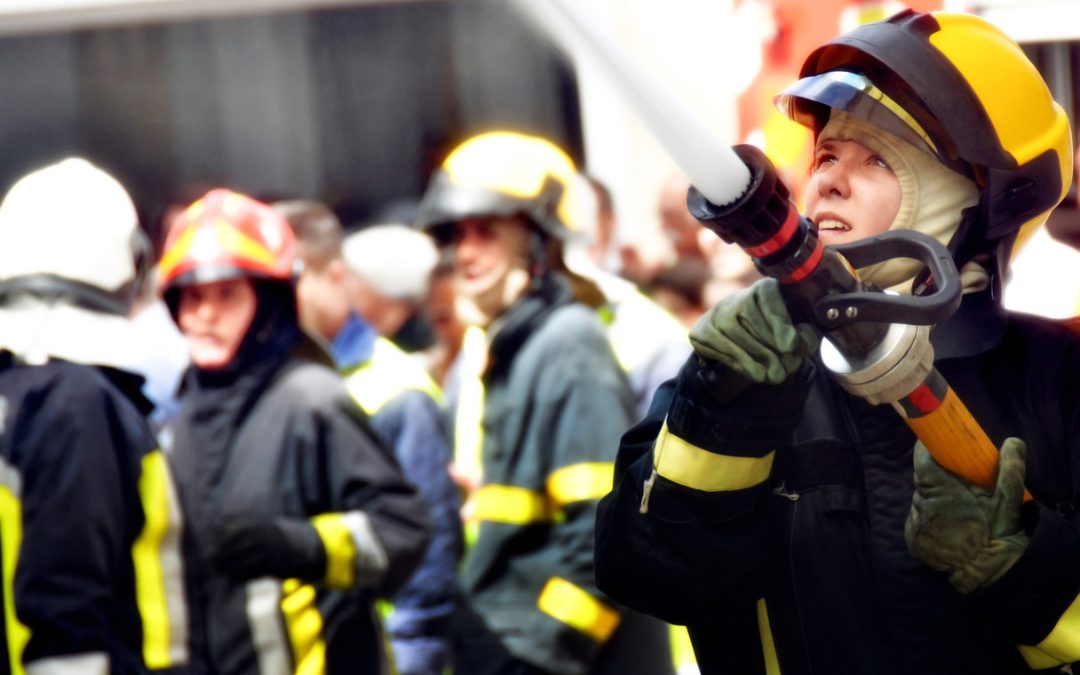
Click here to read more.
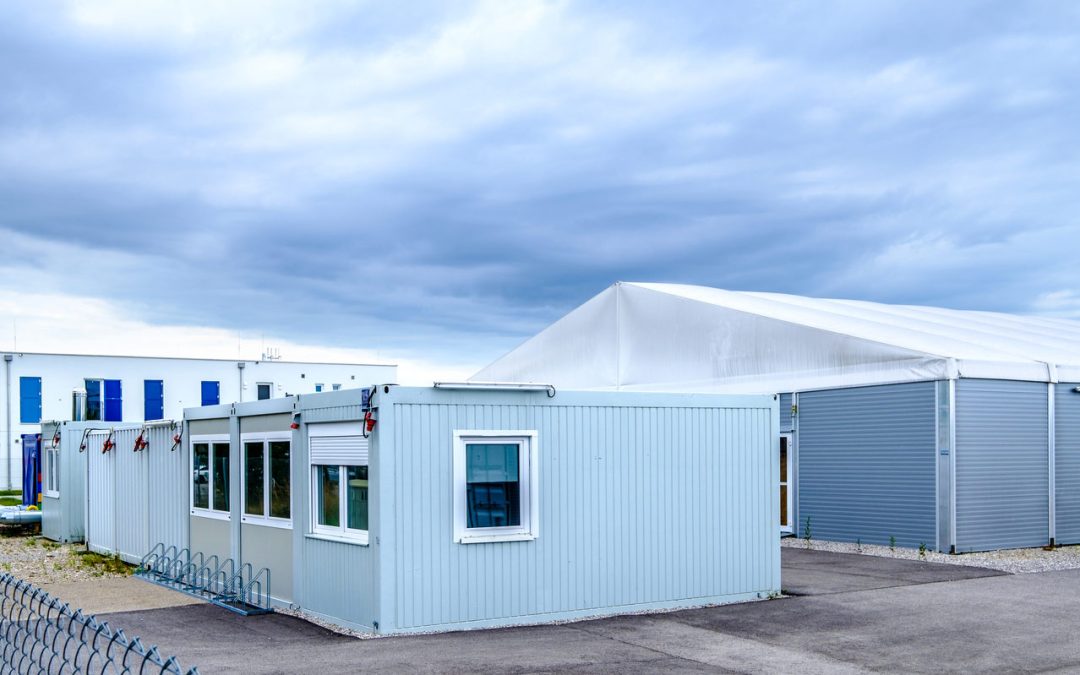
Click here to read more.

Click here to read more.
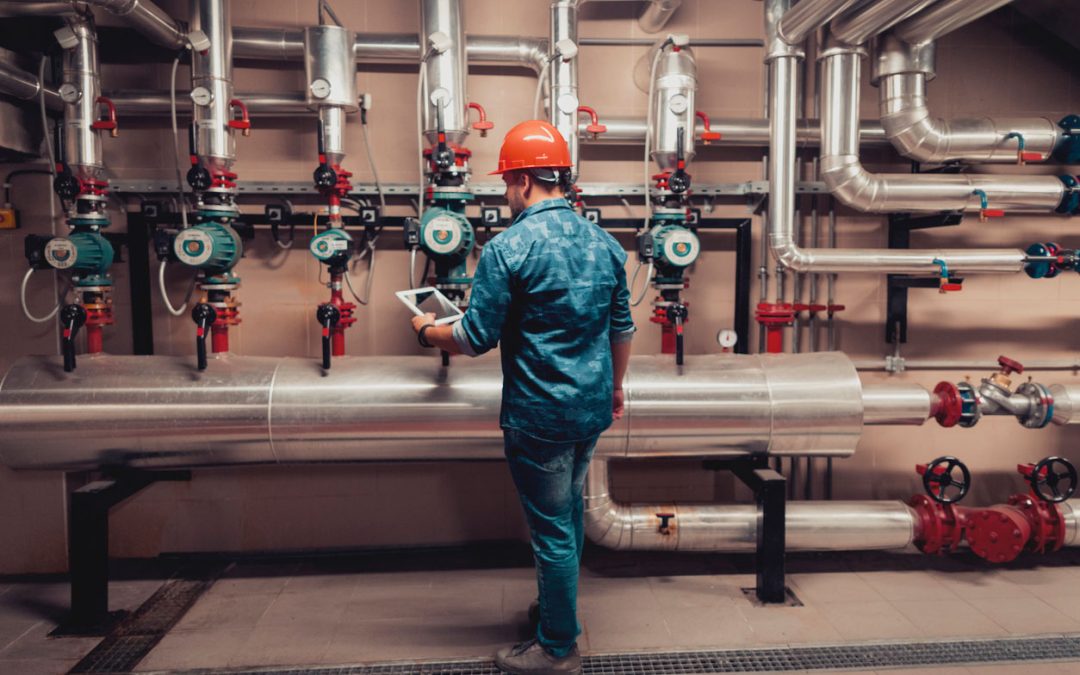
Robust Fire Safety Will Take More Than One Quick Fix
Click here to read more.

Last summer, California suffered one of the most savage fire years in its history.
Click here to read more.
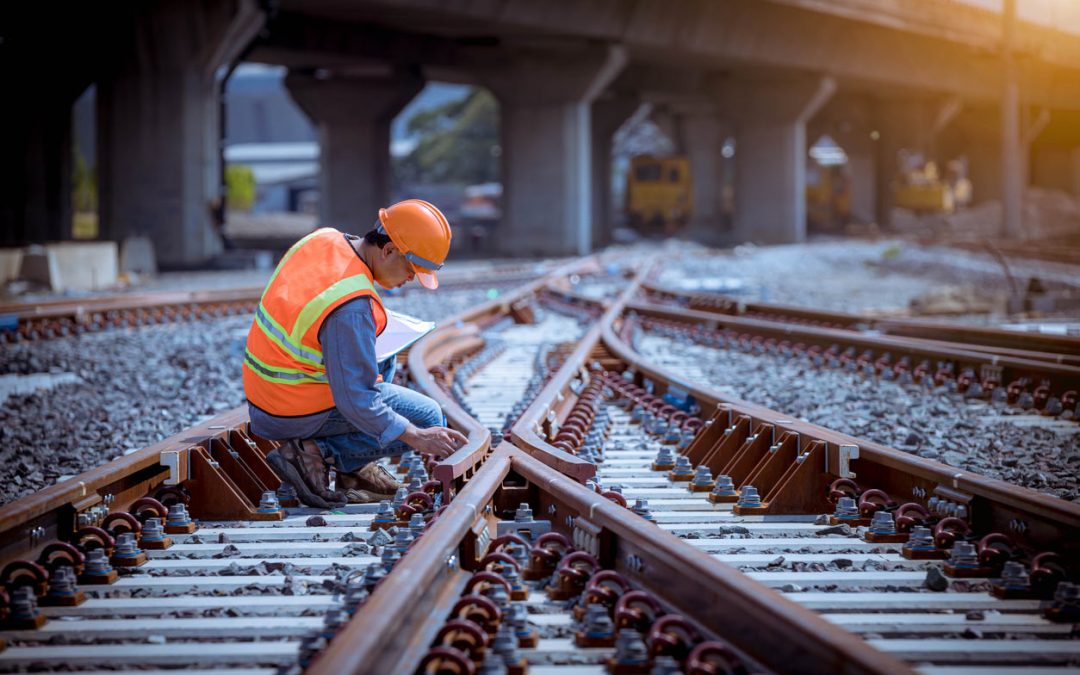
The Government of Canada is taking action to further improve the safety and security of Canada’s rail system, especially in light of the impacts of climate change and severe weather on railway operations.
Click here to read more.

This month, Colorado Springs marks 10 years since the Waldo Canyon Fire destroyed 347 homes and killed two people on the northwest side of the city.
Click here to read more.